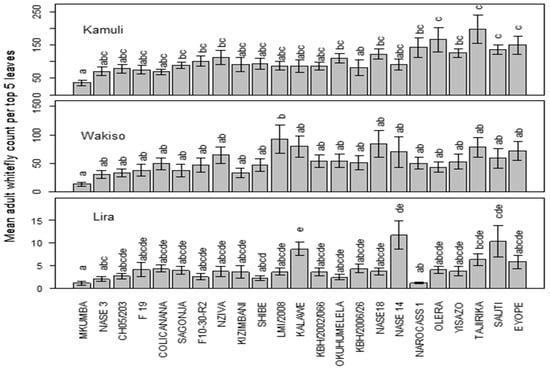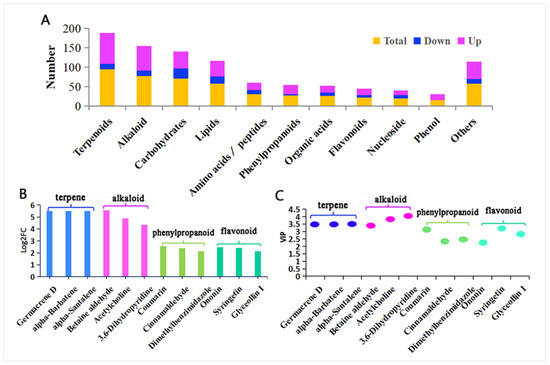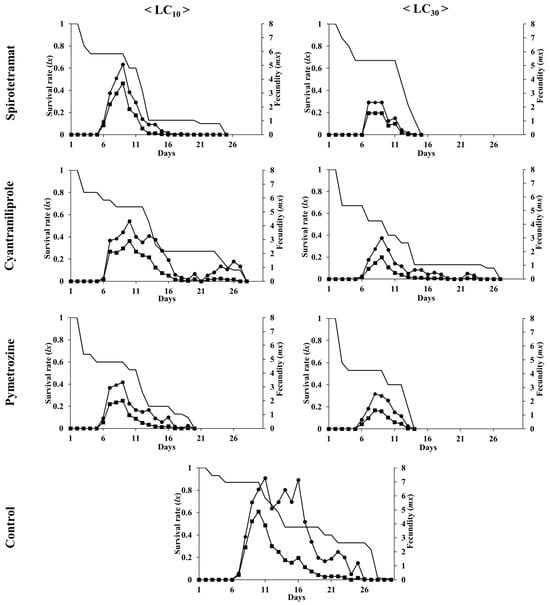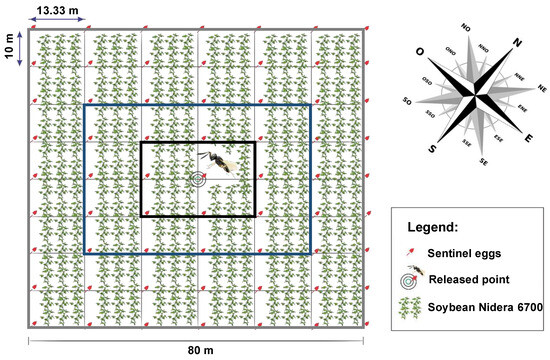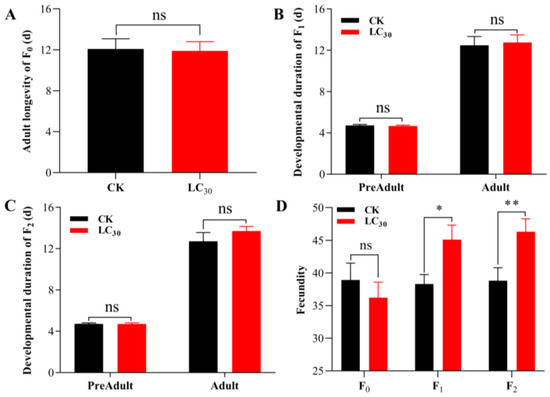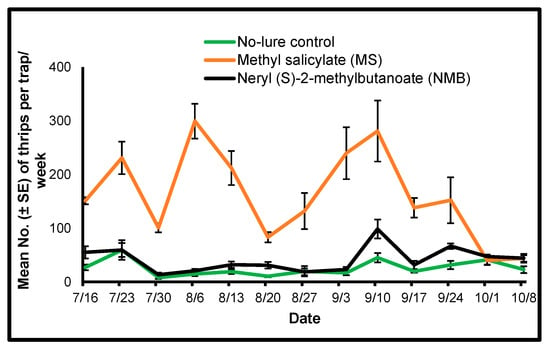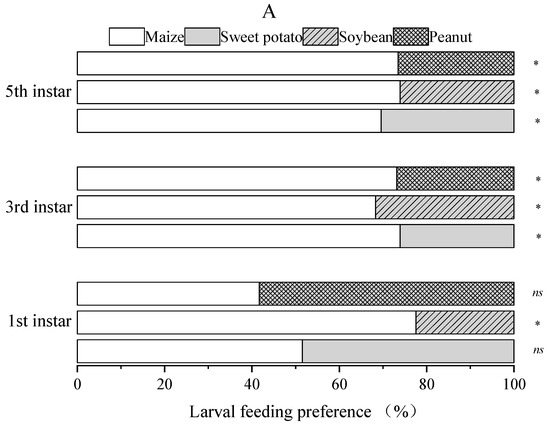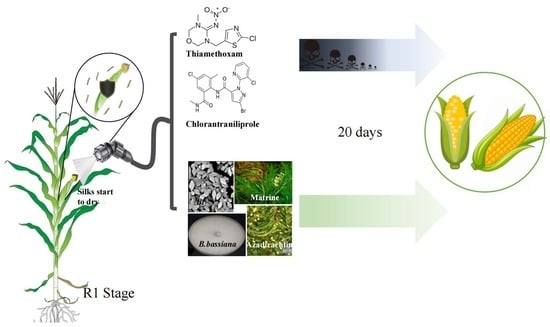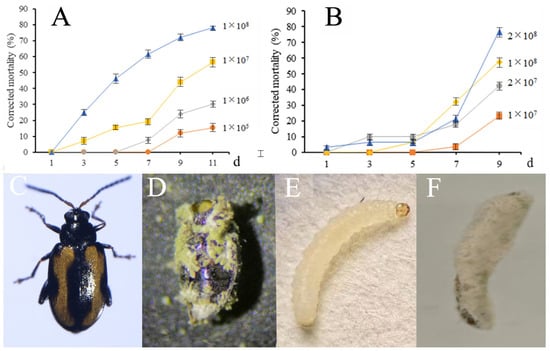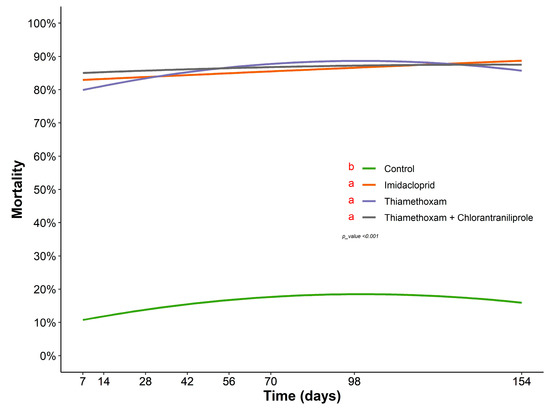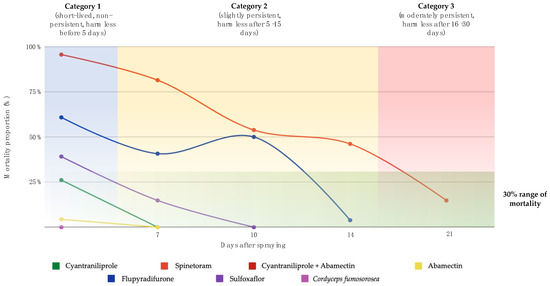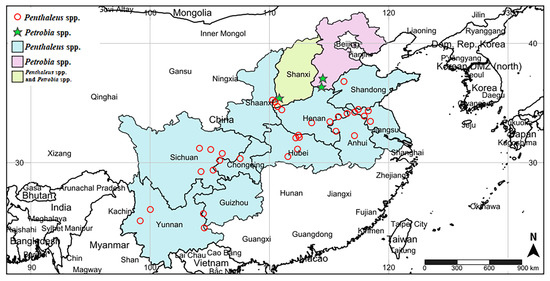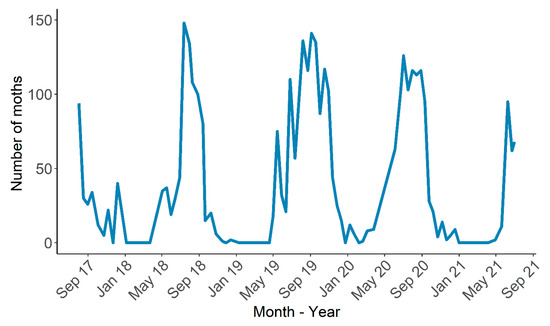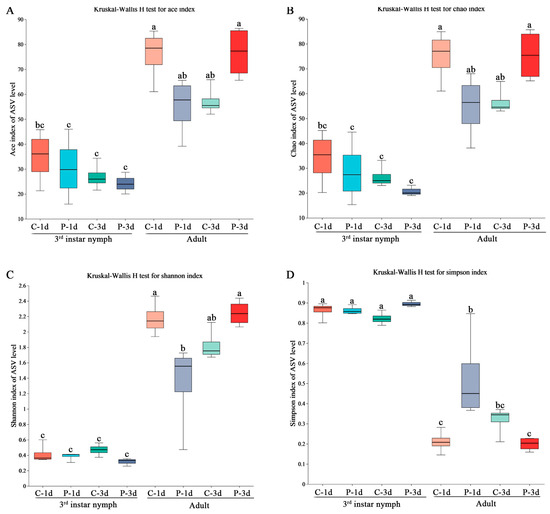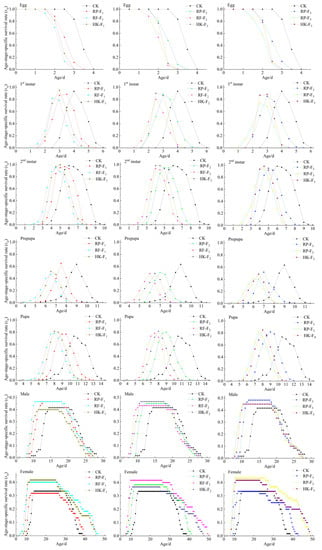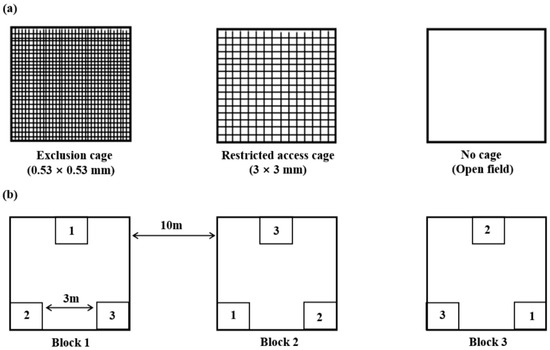Integrated Pest Management of Crop
A topical collection in Insects (ISSN 2075-4450). This collection belongs to the section "Insect Pest and Vector Management".
Viewed by 19584Editors
Interests: GMO biosafety; interactions between plants; pests and natural enemies
Special Issues, Collections and Topics in MDPI journals
Interests: plants; aphids; parasitiods; microbe
Special Issues, Collections and Topics in MDPI journals
Topical Collection Information
Dear Colleagues,
Integrated pest management (IPM) is an applied discipline in entomology that aims to illuminate the population dynamics and outbreak mechanism of agricultural insect pests to propose a theory for early warning and sustainable management. This will be available for the sustainable management of agricultural insect pests and reduced use of chemical insecticides in China. The scope includes but is not limited to pest biology as it relates to pest management, biological control, biopesticides and integrated pest management (IPM), and outbreak mechanisms. Articles related to pest control are welcome, and the article type can be review or research.
Prof. Dr. Jinjie Cui
Dr. Xueke Gao
Guest Editors
Manuscript Submission Information
Manuscripts should be submitted online at www.mdpi.com by registering and logging in to this website. Once you are registered, click here to go to the submission form. Manuscripts can be submitted until the deadline. All submissions that pass pre-check are peer-reviewed. Accepted papers will be published continuously in the journal (as soon as accepted) and will be listed together on the collection website. Research articles, review articles as well as short communications are invited. For planned papers, a title and short abstract (about 100 words) can be sent to the Editorial Office for announcement on this website.
Submitted manuscripts should not have been published previously, nor be under consideration for publication elsewhere (except conference proceedings papers). All manuscripts are thoroughly refereed through a single-blind peer-review process. A guide for authors and other relevant information for submission of manuscripts is available on the Instructions for Authors page. Insects is an international peer-reviewed open access monthly journal published by MDPI.
Please visit the Instructions for Authors page before submitting a manuscript. The Article Processing Charge (APC) for publication in this open access journal is 2600 CHF (Swiss Francs). Submitted papers should be well formatted and use good English. Authors may use MDPI's English editing service prior to publication or during author revisions.
Keywords
- agricultural pests
- damage mechanism
- molecular biology
- resistance
- integrated control
- biological control







